There is lots of confusion, myths and misunderstanding. Very little info about TDi engines in books. Fuelled by black smoking tractor puling ECOterrorists from USA. No wonder there is so many jokes about retarded TDi owners with black smoking cars who believe more fuelling is more power.
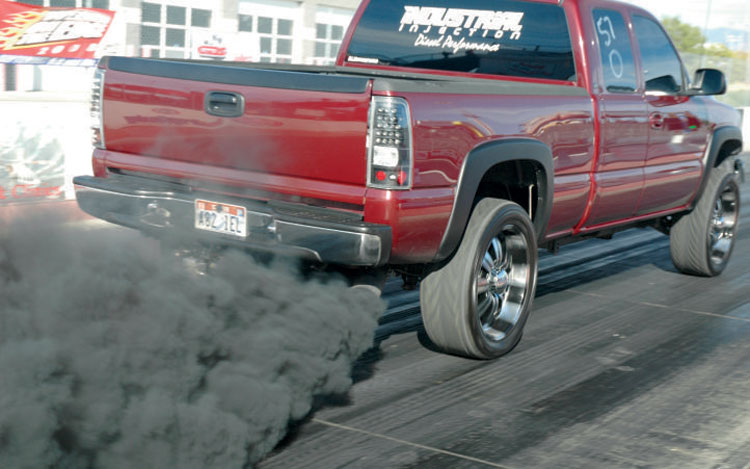
- If you dynotune for 10 seconds max. power on dyno – use anything below 16:1 and hope you never drive full load for more than 10sec. Unless, your objective is engine meltdown.
- if you are traffic-light-racing-driver with no regards for environment that supports your live – use anything below 17.5:1 and hope you don’t drive full load for more than 20 seconds.
- if you want sustainable max. power and you can keep your EGT around 750C – use optimal 18-19:1 AFR, which is standard on most sport cars such as Skoda Octavia TDi vRS
- if you are one of those rare real drivers and you can push your car hard at full load for extensive periods of time – you will struggle to keep your engine from overheating at AFRs between 19-20:1
- smoke-free, ECO friendly AFR 20-22:1
- SECRET IS IT IS ABOUT AIRFLOW, NOT ABOUT FUELLING – if you keep same fuelling and just increase air mass, you get more clean power. Problem is just there is simply no single stage turbocharging to create enough air for 200HP on 2.0TDi

In my beginning of engine calibration journey, I too faced common question as everyone else – how much fuel, boost. I didn’t bother about mechanical limits back then…just as most.
Summary
On flat roads I hit EGT limiter before shifting gear. At not so steep hillclimb, once I get on 4th gear where you really get full load…ECU starts to reduce fuelling and boost. That is just factory AFR 17.5:1 and smoke limiters 18:1. Reduce AFR and you hit EGT limiter quicker.
I’ve heard theories from eExperts in forums that AFR 15:1 doesn’t make smoke and I’m an idiot. Yet they fail to provide any evidence. Dyno tests are made on third gear – the last gear where you have almost 1:1 torque on wheels. In few second of dyno run, you barely warm up engine
I would like to see at least ten minutes dyno run at full load, simulating legendary Glocknerstrasse where you go flat out 20km up hill. Even with factory AFR 17.5:1, my engine starts to overheat in about five minutes of constant EGT 800C.
Imagine common chiptuners wisdom of increasing EGT limiter to 900C (they claim it is safe) and AFR below 18:1…let me know how long your turbo lasts 😉
Theory
There is a scientific term for optimal burning ratio between fuel and oxygen, called stoichiometry. There is common fuel AFR ratios. Diesel AFR is 14.5:1 as theoretical ratio of 14.5 parts of oxygen to 1 part of diesel.
Every engine calibration is only as good as MAF modelling. Most tuners care about styling, everything large but their most important parts or car condition is tragedy. You can do whatever you want but if your MAF & Lambda sensors are faulty, you are just wasting your precious resources.
Optimal burning rate AFR for maximum MBT and thus maximum power is around 18.5:1
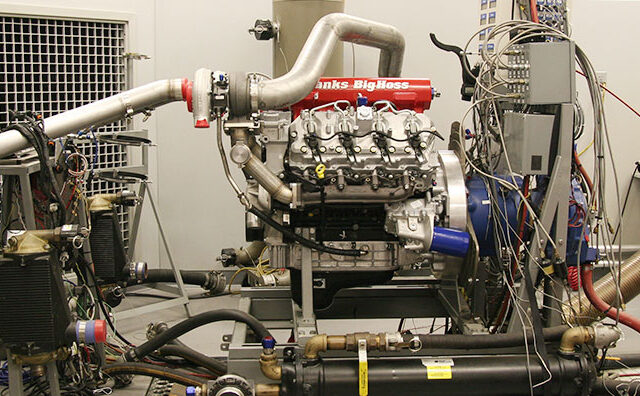
Reality
Car manufacturers spent billions of hours by designing, testing or even racing their engines and you think you know better if you change EGT limiter and AFR/smoke maps?
Skoda Octavia 2 vRS 2.0 TDi PPD smoke maps at full load:
| rpm | AFR |
| 1750 | 18.98 |
| 2000 | 19.11 |
| 2250 | 19.14 |
| 2500 | 19.07 |
| 2750 | 19.29 |
| 3000 | 19.33 |
| 3250 | 20.21 |
| 3500 | 19.92 |
| 3750 | 20.05 |
| 4000 | 19.54 |
| 4200 | 20.05 |
My Skoda Hilda HR I smoke maps:
| rpm | AFR |
| 1800 | 19.26 |
| 2000 | 19.01 |
| 2500 | 19.2 |
| 3000 | 19.81 |
| 3500 | 20.15 |
| 4000 | 21.47 |
| 4500 | 23.02 |
Lambda full load closed loop control uses AFR 17.5:1 – unless you live in mountains, your engine is at full load only few seconds. Most likely used for quicker turbo spooling because fuel = heat = power = heat. Once you get heat into your engine it becomes also your worst enemy and you will struggle to keep your engine cool !!!
Of course if you can keep your engine cool, EGT and intake temp low, you can reduce AFR and increase torque/power with compromised efficiency. In other words, increase fuel consumption, smoke and thermal stress of engine, turbo, exhaust, engine oil…
I personally don’t see any reason to get 1% more paper torque with 10% increase in fuel consumption as I have personally experience by first engine calibration made by chiptuner with poor knowledge.
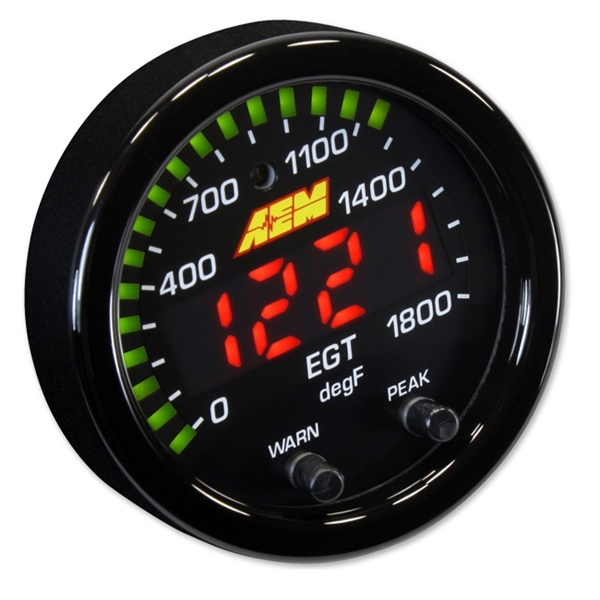
EGT limiter your best friend
You can increase fuelling whatever you want but EGT limiter kicks in within seconds. My car has got safe exhaust temperature 790°C. From 800°C is ECU reducing fuelling by 2% and by the time you hit 825°C ECU reduces fuelling by 10%. Common Rail TDi engines have allegedly higher EGT limiter…just find it and check it out.
In latest version of Hajes Racing engine calibration HR_v5.14 – AFR 18.5:1 and I’m hitting EGT limiter in few seconds even on flat roads. If I enter mountains, ECU is reducing fueling all the time because usual EGT is around 800°C.
Despite, I’ve improved cooling I can’t simply keep my engine cool !!! Intake temps rise 30°C above ambient temperature, engine oil hitting 110-120°C and coolant temp is close to 100°C. Next version will increase AFR because lean is clean and mean!
Even, at sub zero temps I did hit EGT limiter in no time. Just yesterday I was pimping my car in Alps and whole mountain road I was at 800°C EGT. Ambient temp -3°C, intake temp around 30°C. Maybe one day I install water/meth injection.
I’ve good news for you though – if you don’t live in mountains you can keep 18:1 and you won’t notice torque/power reduction at full load because your engine is just fraction of second at full load. Well, unless you have some ECO car where full load is daily driving issue 😉
If you’re stupid enough, you change EGT limiter and destroy turbo as I did. It wasn’t my fault but I’m guilty of being stupid and lazy…of course you are always punished for your stupidity but I don’t care as long as I don’t pay by my life !!! I must confess though, everything is just compromise and I swapped durability for increased power – I allowed slightly higher EGT but I’m back in mountains and it will be reduced to stock again !

Words from masters and books
Leader in TDi performance upgrades Banks Power wrote nice white paper about EGT. At least some have intelligence.
I haven’t find a book yet, which explains diesel engine calibration in details. All books I did read just scratch TDi little bit and refer to petrol engine calibration as reference.
Reference manual with lots of details for engineers – Diesel Engine Management by diesel pioneer Robert Bosch
My favourite master I have learnt from Jeff Hartman wrote simple explanation about AFR in his book Turbocharging Performance Handbook – black thick smoke from exhaust you see on tractor pulling or drag racing is just for show and adds only heat into engine. After all, fans want to see white glowing turbochargers, exhaust pipes and wait till engine blows up.
Greg Banish wrote some useful info in his book Engine Management: Advance Tuning. Again focused mainly on petrol engines with some info about TDi.
Again my favourite guy Jeff Hartman and his book How to Tune and Modify Automotive Engine Management Systems : Upgrade Your Engine to Increase Horsepower. Again focused more on petrol with some info about TDi.
Unsure whether Hartman or Banish said following info “Anything below AFR 18:1 doesn’t make any sense. Increase boost and proportionally fuelling, don’t worry about AFR.”
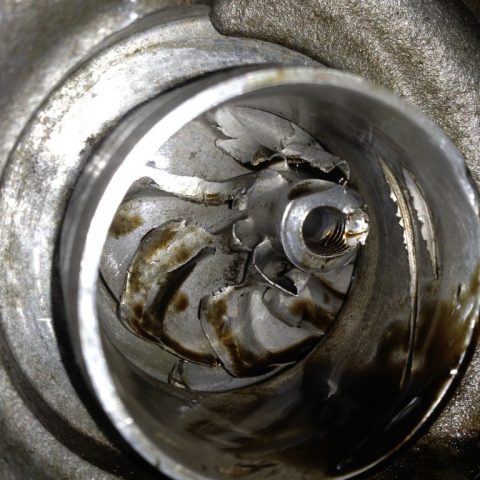
EXPERIMENTS by Hajes Racing
Everything is theory until is proven by yourself !!!
Engine performance is compromise of efficiency and emissions – racing world is all about performance and emissions/efficiency is just issue if authorities whine about environmental impact.
Your worst enemy is EGT and keeping your engine cool. If you can keep your engine cool, you can most likely go for crazy AFR such as 16:1…with reduced fuel economy.
Performance is about efficiency, not about black smoke. I care more about environment that supports my life rather than 1% paper/dyno power increase with 10% reduction in fuel economy.
My first kamikaze remap was based on eExpert theories – increase boost and fuelling by x%. Well, I damaged turbo 😀 Once, I started to learn from my stupidity I wrote some guides about engine calibration or at least how to choose skilled chiptuner.
I met a guy on ecuconnections.com and he knew more than me. So I let him calibrate my engine. His software version was more stable than mine just with slightly less torque/power. All look great, I pushed my car hard in Austrian Alps.
One year and about 20,000 km later after some high speed fun on German Autobahns my turbo started to make whining noise permanently. It may last longer as my friend told me “my turbo did it for over three years.”
Sadly, I’m not Johny DriveTo McWork and I didn’t spend thousands of hours by training with motorsport masters just to drive like family lost on shopping trip. Structural failure imminent.
Three days wasted by turbo replacement and precious resources gone – this experience forced me to study masters and do proper calibration though. Hours of calculations and testing in field.
Cause/what went wrong:
- excessive fuelling/boost at low revs – I still wonder clutch survived
- excessive thermal stress by AFR below 16:1
- always clogged DPF by excessive fuelling
- EGT limiter changed from safe 790°C to over 850°C
Results/effect:
- increased maintenance costs
- increased fuel consumption – I used to have 6.5l/100km, after poor calibration 7.1l/100km
- reduced power
Solution/improvement:
- MAF – turbo calculations based on compressor maps
- advanced timing
- AFR 18.5:1
- reduced fuel economy – I’m back to factory 6.5l/100km
- increased torque/power
- reduced thermal stress
I don’t know how about you but I had lots of fun last two years. My car is rocket ship with original fuel consumption if I keep brick under accelerator 😀
As a measure of optimal calibration I observe how often DPF is regenerated. With poor calibration mentioned earlier – every 50km DPF regen at full load in mountains. Now, usual 200km or even 700km with highway cruising speed where you usually run AFR 22-30:1.
If I don’t count turbo replacement, all did cost me about 500€ so far. It is still cheaper than pro custom engine calibration, which starts at 800€. Now, I can change anything I want.
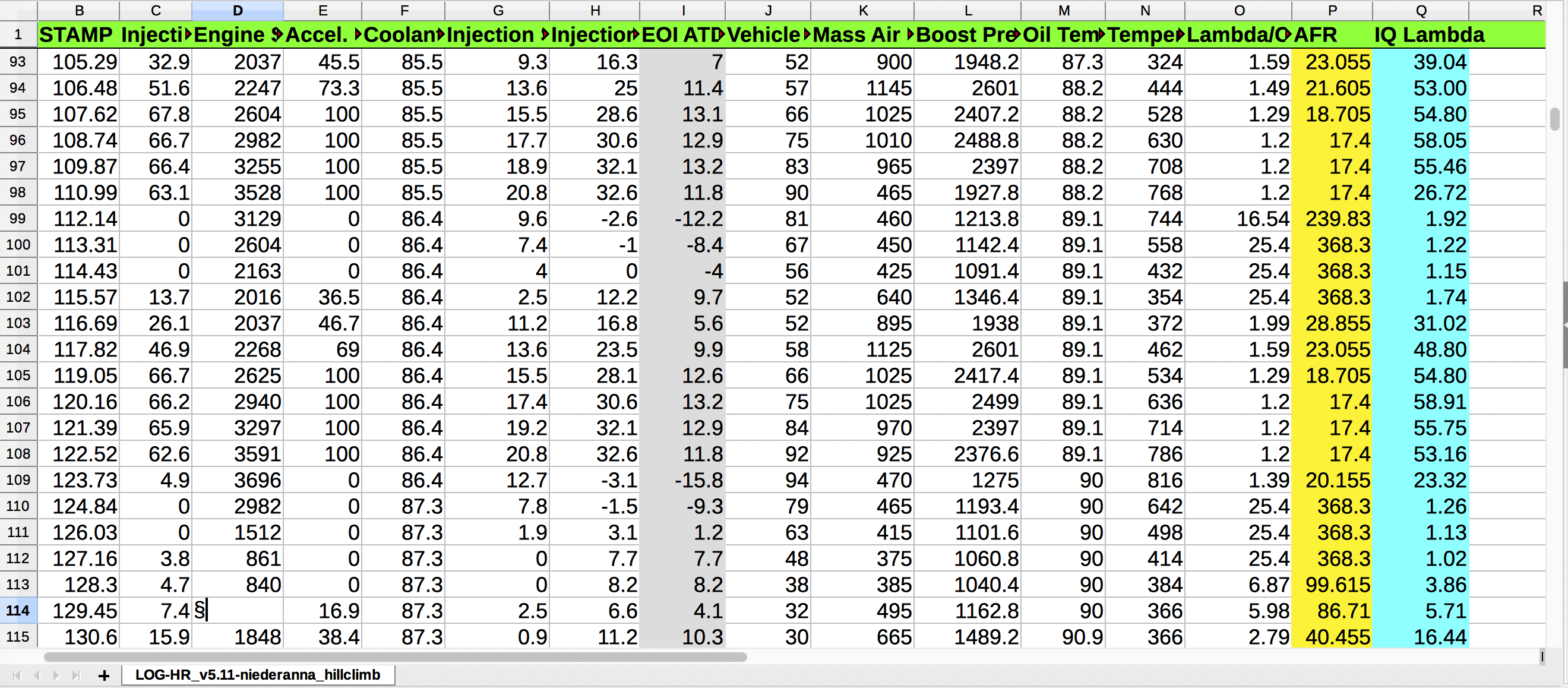
Hi!
This is nice information! I will install EGT meter and change some things in my map. Especially for economy when driving slow. I think this is only possible with advanced timing. I plan to do the smoke map / afr to about 25:1 as you did. Can you tell my how much timing advance is needed when you chance from stock …lets say 20:1 AFR to 25:1 in degrees cranckshaft?
You don’t need to change anything, ECU does everything automatically !!!
Smoke maps, Lambda is just for full load. If you have usual TDi with around 100-140HP, your car is usually at partial load and you get 30-25:1 anyway 😉
Cruising on highway I see 25:1 without changing anything. At full load I get 17.5:1.
If you want economy, you have to increase efficiency or reduce power. I would say by reducing power you increase only fuel consumption. I’ve increased power from 140HP to 200HP and still have same economy….of course if I floor pedal to metal, my injectors can flow 0.4l/min of fuel.
Sorry, i don´t understand.
My 2.0TDI has no knock sensors. How shall this engine optimize injection point? No diesel will drive 25:1 stock due to NOx. VW Changed injection points and duration with the update. My OBD2 AFR Ratio Meter Shows incredible low AFR Values.
Please study how ECU works. If you have no idea how and why, I would suggest you to not screw up with any calibration data….well, unless you wish to destroy your engine, turbo and clutch…thanks to various eExperts from ecuconnection.com, I already destroyed turbo 😉
There is guide for engine calibration for beginners >>> https://hr.hajes.org/en/ecu-remap-guide-for-beginners-how-to-not-destroy-your-car/
I have no idea what VAG has changed but I doubt they changed laws of thermodynamics and decades of testing optimal calibration data 😉
hello, I have a 2.0 tdi 170cv bmn, I have very high egts, about 900º.
Can you see my car file?
thank you
you are yet another victim of chiptuners – BMM/BMN real power is 150HP @ 3000rpm…you can have 180-200HP for about 10seconds if you like.
High EGT = poor calibration/rich fuelling and AFR below optimal 18:1
Everything is possible with right motivation – you can use new HR KC service we offer. Simply click on following link and follow instructions https://hr.hajes.org/en/products/hr-bhkc-assistance/
Your info is just incorrect. 20 afr??? You do understand that AFR tables are limiting tables yes? AKA Smoke maps.. For example Alfa romeo 156 166 159 and so on, stock afr on average is 16. In low revs it can go to less then 14.
Fuel makes power, having more air in cylinder then needed to burn that fuel doesn’t create more powerful bang.
Also lean ratio makes engine hotter. Maybe it works with your car when injecting tiny amount of fuel, not even 80mg. And since when Skoda vRS is sports car? 😀 Or all cars more then 120Kw is a sport car?
You applying your own environment problems to a car tuning. I mean high altitude, steep hills, your driving style. Usually people dont drive like you and doesnt live in mountains.
Alfa ROmeo is italian car and as i said on average AFR is 16. And you having no evidence say that 18 is lowest, lower is stupid. Maybe you dont know factor for AFR table. In one post i saw your afr table and it wasnt real afr table, it was pure nonsense, there is no cars that have afr of 50 in afr table, unless it’s super old car or any other problems with it. highest AFR i ever seen in car maps was 21:1, i’ve looked at least at 13 cars.
Please, study more my webpage or other source if you do not understand what is written.
You are confusing setpoints in calibration data with real results or standard operating condition – what is in your ECU is just limits, not reality.
You are confusing petrol engines with diesel – lean fuel mix makes petrol engines hotter not diesel.
I have never seen good tech from Italians – starting with various machines we used and continuing with cars. I have seen many Alfa Romeos and they all smoke like my 50 years old indirect DI army truck.
I have never said vRS is sport car, I am quoting manufacturer 😀
If you have problems with reading this article, please let me know I will explain it for you in exchange for donation.
BEST AFR is the one that keeps EGT in safe condition.
Hi. Diagnostic look like Polarfis but i don see EGT at supported sensors. Thanks for answer
If you don’t see it, it is either not there or faulty.
Most, if not all, pre EURO IV TDi cars have no EGT sensors…EGT sensor is usually only on DPF cars.
Where is no EGT sensor, there is usually some sort of temperature modelling in ECU that estimates EGT.